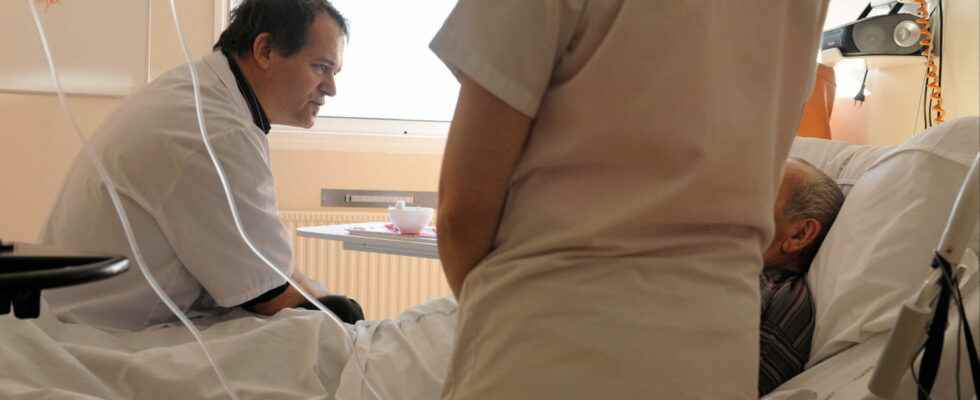Both euthanasia and assisted suicide are procedures that are supposed to allow sick people to put an end to their suffering for good. What are the particularities of these practices, both prohibited in France?
If euthanasia and assisted suicide are both supposed to put an end to the suffering of a patient who wishes to shorten his life, they are also and above all prohibited in France. In France, end-of-life law is strictly legislated by the Leonetti law of 2005 renamed Claeys-Leonetti after its revision in 2016: only long and deep sedation is authorized, and this measure is less an aid in dying than pain relief pending patient death. And for good reason, helping a patient to end his life is a very delicate subject to which many doctors refuse. However, in fact, long and deep sedation can relate to passive euthanasia. And what about assisted suicide? Update on terminologies and their practice.
Passive or active euthanasia, what is it?
Everything is in the title of the practice: passive euthanasia results from the absence of care, while active euthanasia requires an act, often a lethal injection, to help the patient die. The particularity of euthanasia, whatever its form, is the fact that the doctor takes part in triggering the death of the patient, at the latter’s request. The involvement of the healthcare professional is obvious in the case of the use of a lethal injection, it is more subtle during a so-called passive procedure, which is very close to a long and deep sedation.
During passive euthanasia, the medical profession stops all the patient’s curative treatments but continues the so-called comfort care, in particular the administration of painkillers or palliative care in the most severe cases, with regard to the obligation to ” safeguarding the patient’s dignity, ensuring their quality of life and alleviating their suffering”. Depending on the case and at the patient’s request, artificial nutrition and hydration, considered as treatments, may also no longer be provided. The cessation of treatment is provided for under certain conditions (refusal of treatment, prohibition of unreasonable obstinacy) and passive euthanasia can in a sense be modeled on long and deep sedation.
What role for the doctor in assisted suicide?
If medically assisted suicide is also prohibited by French law, it is because it also requires the participation of a doctor. If it is not he who injects a lethal product, like euthanasia, he prescribes the drugs – most often barbiturates – which allow the patient to end his life. The patient can also benefit from medical support in the end-of-life process and from the presence of a doctor when taking medication or triggering the injection during an assisted suicide.
Euthanasia and assisted suicide one day authorized in France?
The legalization of euthanasia and assisted suicide is not, a priori, envisaged by the government, but the executive is led to reflect on the question of the end of life and has thought of procedures to allow patients who wish die to do so safely with the medical corp. This is what the end-of-life citizens’ convention expressed during a vote on February 19, 2023. 84% of the 167 citizens drawn by lot who voted said they were in favor of “opening up”. of “active assistance in dying”. The same convention set up by Emmanuel Macron has until March 19 to specify the conditions for implementing this aid, but the president of the convention, Claire Thoury, recalled on franceinfo February 20 that citizens’ conclusions are not binding and that “the ball will be in the government’s court” which will take up the issue or not.
